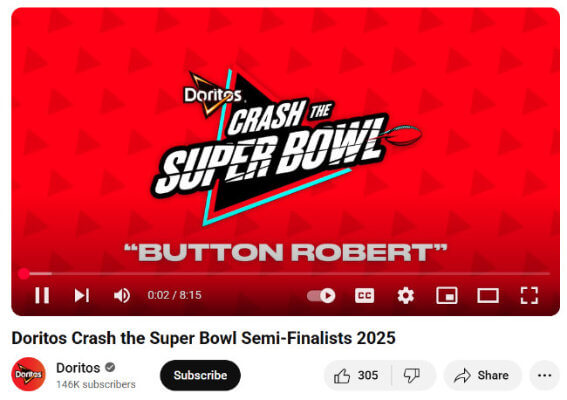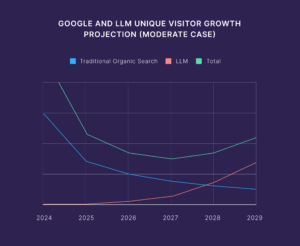“Unlocking the Secret to 10x Your Blog Engagement: The Power of Email Segmentation Revealed!”
Are you sending the same email to every single subscriber on your list? If so, you might be missing out on a treasure trove of potential engagement—and I’m not talking about the kind you find buried in your backyard! Email segmentation is a game-changer in the world of email marketing, yet it’s an often-overlooked tactic among bloggers. You know, the kind of strategy that can actually help you reach the very goals you envisioned when you first started building your email list. In this article, we’re diving deep into what email segmentation is, why it’s crucial for your blog’s success, and how you can tailor your messages to resonate with different segments of your audience. So let’s roll up our sleeves and get started, because the treasure of targeted marketing awaits! If you’re ready to explore these strategies in detail, LEARN MORE.Email segmentation is one of the most important email marketing strategies you can use. Unfortunately, not enough bloggers use it.












